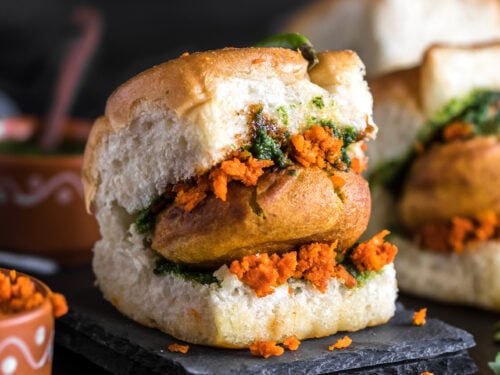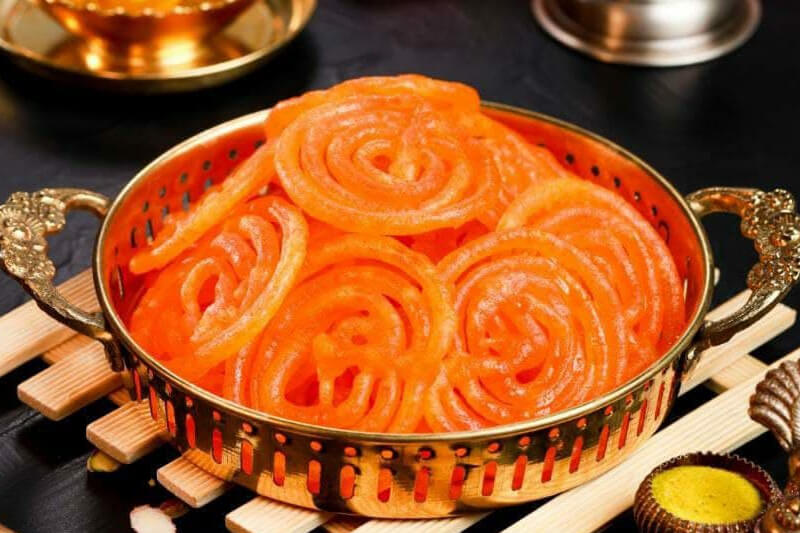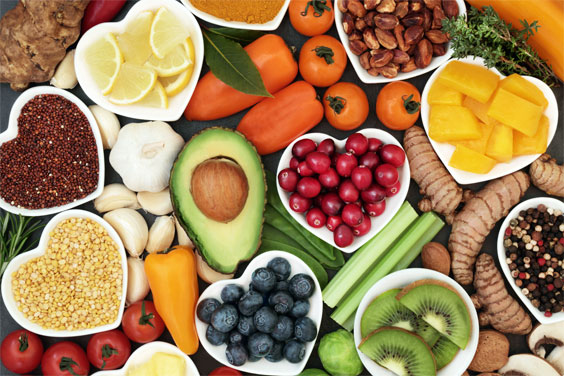

The food culture in India is incredibly diverse, reflecting the country's rich history, varied geography, and numerous regional cuisines. Indian cuisine is a vibrant tapestry of flavors, spices, and cooking techniques that have evolved over thousands of years. Here is an overview of the food culture in India.
Regional Diversity: India is a land of diverse culinary traditions, with each region having its own distinct flavors and specialties. North Indian cuisine is known for its robust flavors and includes dishes like biryani, butter chicken, and tandoori kebabs.

South Indian cuisine is famous for its extensive use of rice, lentils, and coconut, with popular dishes like dosa, idli, and sambar.

East Indian cuisine features seafood delicacies,

while West Indian cuisine is influenced by Gujarati, Maharashtrian, and Goan cuisines.

Vegetarianism: India has a strong tradition of vegetarianism, influenced by religious and cultural beliefs. Many Indians follow vegetarian diets, and vegetarian dishes are widely available and highly regarded. Lentils, legumes, vegetables, and dairy products like paneer (cottage cheese) form the basis of vegetarian cuisine, with dishes like dal (lentil soup), sabzi (vegetable curry), and palak paneer (spinach with cottage cheese) being popular choices.

Spices and Flavors: Indian cuisine is renowned for its bold and aromatic flavors, thanks to the skillful use of spices. A wide array of spices, such as cumin, coriander, turmeric, cardamom, and cloves, are used to create complex and well-balanced flavors. Each spice has its own unique role, and the combination of spices varies from region to region, resulting in a diverse range of flavors.

Street Food: Street food is an integral part of Indian food culture. Cities and towns across the country offer a wide variety of street snacks and fast food items that are affordable and delicious. Popular street food includes chaat (savory snacks), vada pav (potato fritters in a bun), pani puri (hollow puris filled with spiced water), and samosas (deep-fried pastries filled with savory fillings).


Regional Sweets: India is known for its wide range of delectable sweets and desserts. Each region has its own unique sweet specialties. Popular sweets include gulab jamun (deep-fried milk dumplings soaked in sugar syrup), jalebi (crispy, pretzel-like spirals soaked in syrup), rasgulla (spongy cottage cheese balls in sugar syrup), and barfi (a dense sweet made from milk and sugar).

Thali: A thali is a traditional Indian meal that offers a variety of dishes on a single plate. It typically includes a selection of curries, dal, rice, bread, yogurt, pickles, and sweets. Thalis vary from region to region, showcasing the diversity of Indian cuisine. They provide a balanced and satisfying meal with a range of flavors and textures.

Culinary Festivals: India celebrates numerous culinary festivals that highlight the country's food culture. One such festival is Diwali, where families prepare a wide range of sweets and snacks to celebrate the festival of lights. Similarly, during Eid, Muslims prepare special delicacies like biryani and sheer khurma. These festivals bring people together and showcase the richness of Indian cuisine.

Ayurvedic Influence: Ayurveda, the traditional Indian system of medicine, has also influenced the country's food culture. Ayurvedic principles emphasize the use of fresh, seasonal ingredients and the balance of flavors to promote health and well-being. Traditional Indian dishes often incorporate herbs and spices known for their medicinal properties.

In conclusion, the food culture in India is a colorful mosaic of flavors, spices, and culinary traditions. From the aromatic curries of the North to the spicy delicacies of the South, Indian cuisine offers a wide range of culinary experiences. Whether it's street food, vegetarian delights, regional specialties, or festive sweets, Indian food never fails to delight the taste buds and leave a lasting impression.
